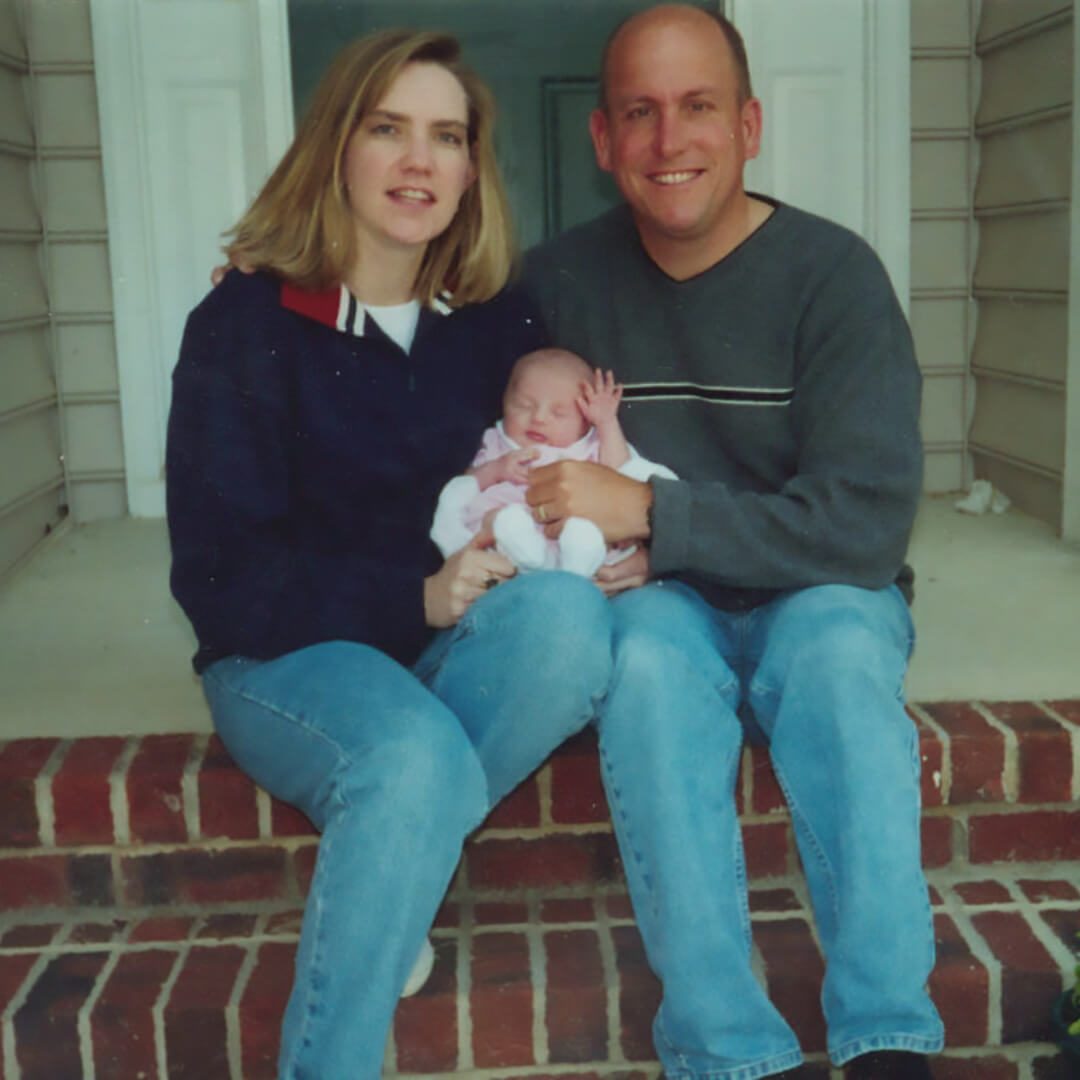November is a special month that shines a spotlight on a journey that forever changes lives – adoption. It’s a time when communities, adoption agencies, and families come together to celebrate Adoption Awareness Month. At A Child’s Hope, we are deeply committed to supporting and promoting the beautiful and loving process of adoption. In this Article, we explore the significance of Adoption Awareness Month, its impact on families, and the importance of advocating for the welfare of babies in need of loving families.
Understanding Adoption Awareness Month
Adoption Awareness Month, also known as National Adoption Month, has been celebrated since 1976. Its primary aim is to raise awareness about the urgent need for adoptive families for children waiting in the foster care system, but it also serves to honor all forms of adoption and the incredible journeys it entails. Many of the children placed through the agency were at risk for Department of Social Services intervention as they grew older were they not placed for adoption.
The Heart of Adoption: Building Families
Adoption is an extraordinary journey of love, hope, and resilience. For birth parents, it may involve making a deeply emotional and selfless decision to provide a secure and loving home for their child. For adoptive families, it’s the fulfillment of a dream to nurture and raise a child, making the child an integral part of their family.
Supporting Birth Parents and Adoptive Families
At A Child’s Hope, we recognize that the path to adoption is a unique and often emotional journey for birth parents and adoptive families. We are dedicated to offering guidance, support, and expert assistance to help all parties involved make the best decisions for themselves and their children.
The Miracle of Family through Adoption
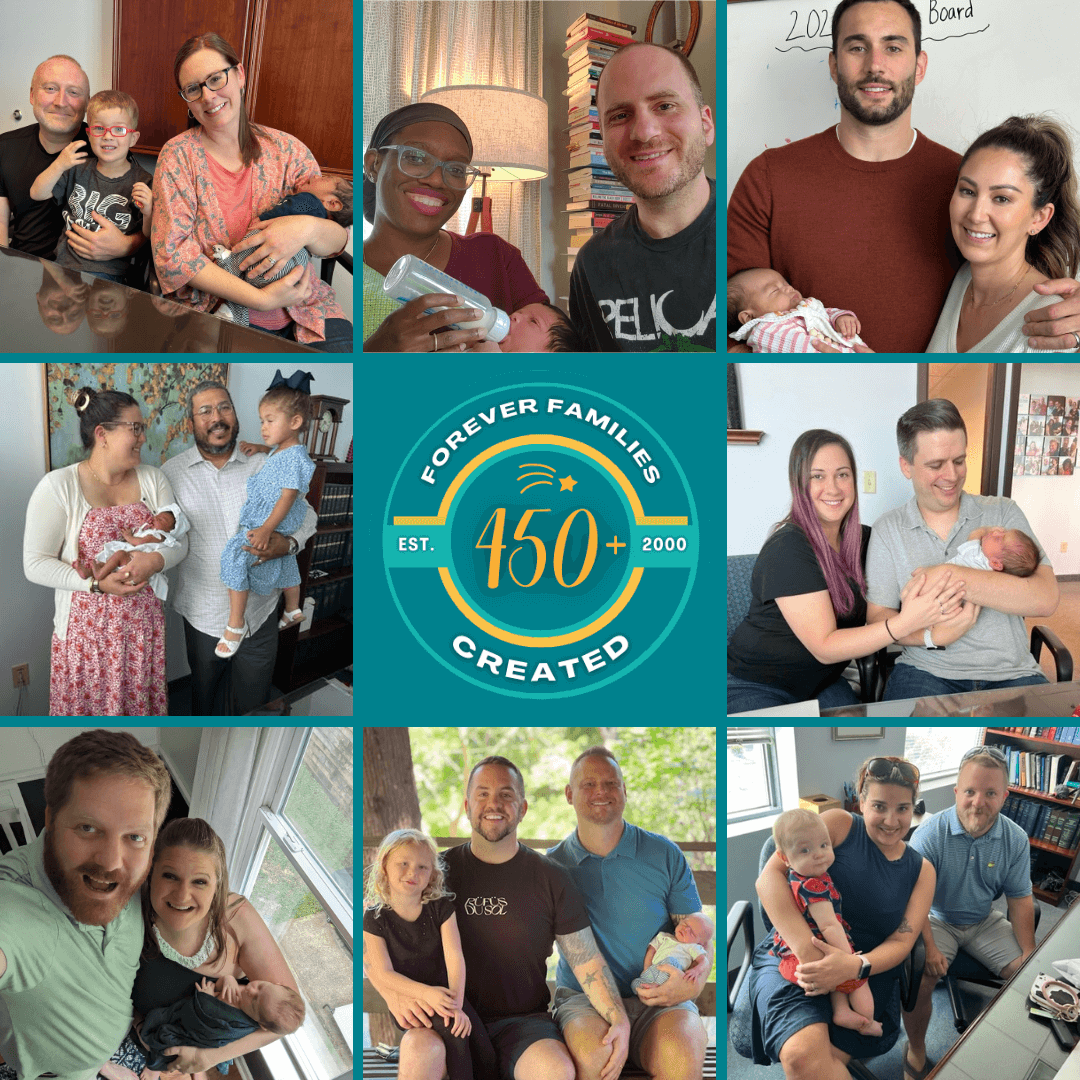 Adoption creates families that defy cultural, racial, and geographical boundaries. It underscores the belief that family is built on love and acceptance, regardless of differences. Adoptive families come in all shapes, sizes, and backgrounds, beautifully reflecting a diverse society.
Adoption creates families that defy cultural, racial, and geographical boundaries. It underscores the belief that family is built on love and acceptance, regardless of differences. Adoptive families come in all shapes, sizes, and backgrounds, beautifully reflecting a diverse society.
Myths Debunked: The Truth about Adoption
Let’s dispel some common myths about adoption:
-
Adoption is not a second-best choice: It’s a deliberate, wonderful way to grow a family.
-
Adoption isn’t just for couples facing infertility: It’s open to anyone with the capacity to provide love, care, and stability to a child.
-
Adoption isn’t a one-time event: It’s an ongoing journey filled with joy, challenges, and personal growth.
The Importance of Open Adoption
Open adoption, a concept gaining popularity, emphasizes maintaining varying degrees of contact and communication between birth parents, adoptive families, and adopted children. This approach fosters trust, understanding, and a strong sense of identity for the child. Children placed in open adoption do not have to fervently search for their biological parents as they grow older because the birth family and the adoptive family have been in touch since the beginning.
Get Involved: Make a Difference
 Adoption Awareness Month is not only about celebrating adoption but also about making a tangible difference in the lives of children in need of loving homes. You can:
Adoption Awareness Month is not only about celebrating adoption but also about making a tangible difference in the lives of children in need of loving homes. You can:
- Become an Advocate: Raise awareness about adoption in your community.
- Consider Adoption: If you’ve ever thought about adoption, now might be the perfect time to explore this journey. Learn more about A Child’s Hope, click here.
- Support Birth Parents: Empower and support birth parents in their courageous choices.
Adoption Awareness Month is an opportunity to honor the remarkable journey of adoption and the extraordinary families it creates. It’s a time to dispel myths, raise awareness, and encourage more families to open their hearts to the gift of family through adoption. Together, we can make a meaningful difference in the lives of children and parents, ensuring that every child finds a loving and nurturing forever home.
Citations and References:
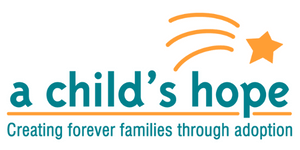


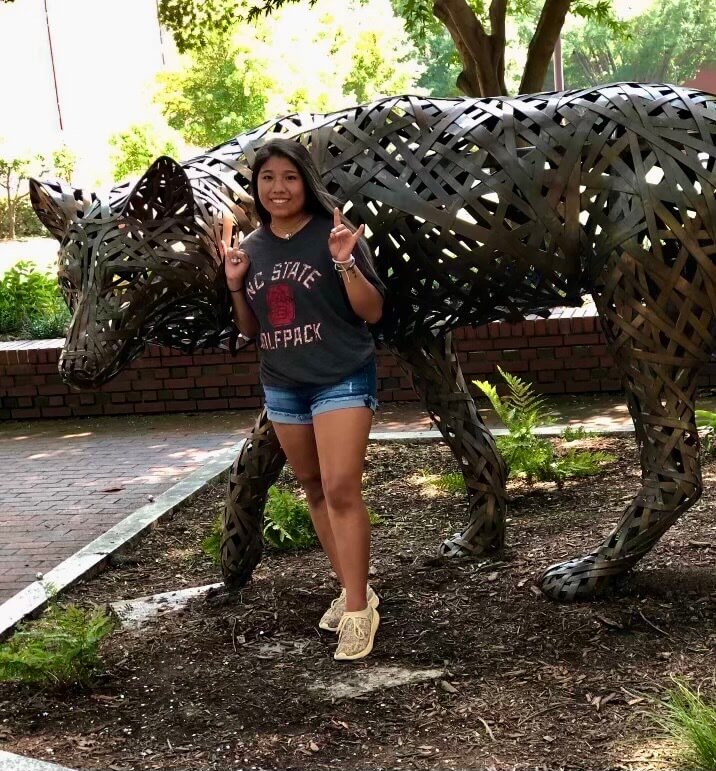
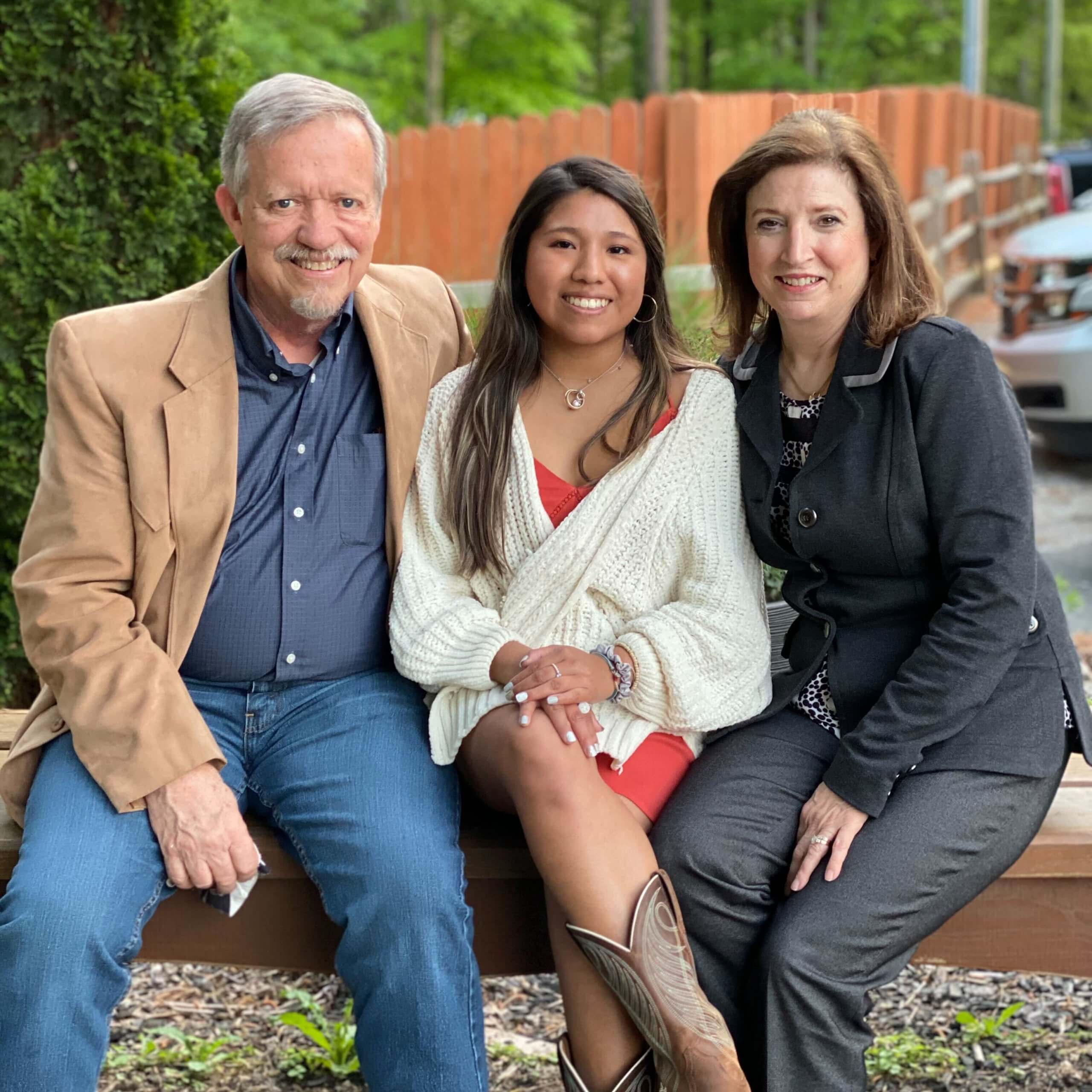 A last-minute call from the agency is where this story starts back on Easter weekend 2000. Her parents, Brian and Karen Perry received a call about a newborn Hispanic girl at the hospital needing a home. The couple quickly left the beach where they were spending the holiday weekend to begin their journey to become parents without much information. As the couple arrived, the birthmother was waiting at the hospital with her baby girl. At that time, there was no Spanish-speaking hospital liaison to help with communication. It was challenging during such an emotional time.
A last-minute call from the agency is where this story starts back on Easter weekend 2000. Her parents, Brian and Karen Perry received a call about a newborn Hispanic girl at the hospital needing a home. The couple quickly left the beach where they were spending the holiday weekend to begin their journey to become parents without much information. As the couple arrived, the birthmother was waiting at the hospital with her baby girl. At that time, there was no Spanish-speaking hospital liaison to help with communication. It was challenging during such an emotional time.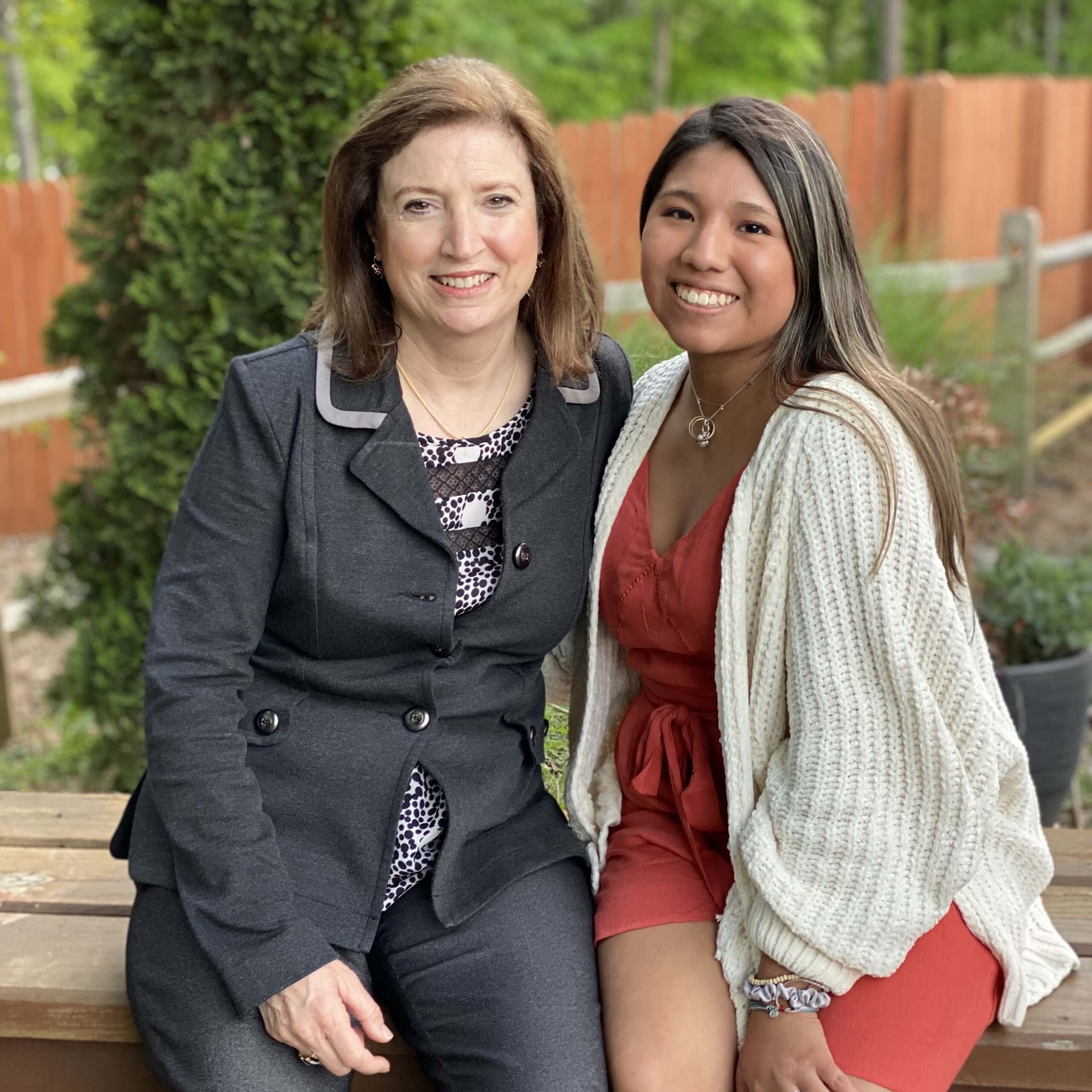 “I will never forget the look on her mother’s face when we dressed baby Allyson on the bed and left the room with her,” said Karen Perry, who is an OBGYN nurse at a major medical center. Placing a baby for adoption in 2000 for the most part meant a closed adoption. Open adoption was not common then, and information such as phone numbers and addresses were not exchanged. Thinking back, cell service and Wi-Fi were not always available in public places.
“I will never forget the look on her mother’s face when we dressed baby Allyson on the bed and left the room with her,” said Karen Perry, who is an OBGYN nurse at a major medical center. Placing a baby for adoption in 2000 for the most part meant a closed adoption. Open adoption was not common then, and information such as phone numbers and addresses were not exchanged. Thinking back, cell service and Wi-Fi were not always available in public places.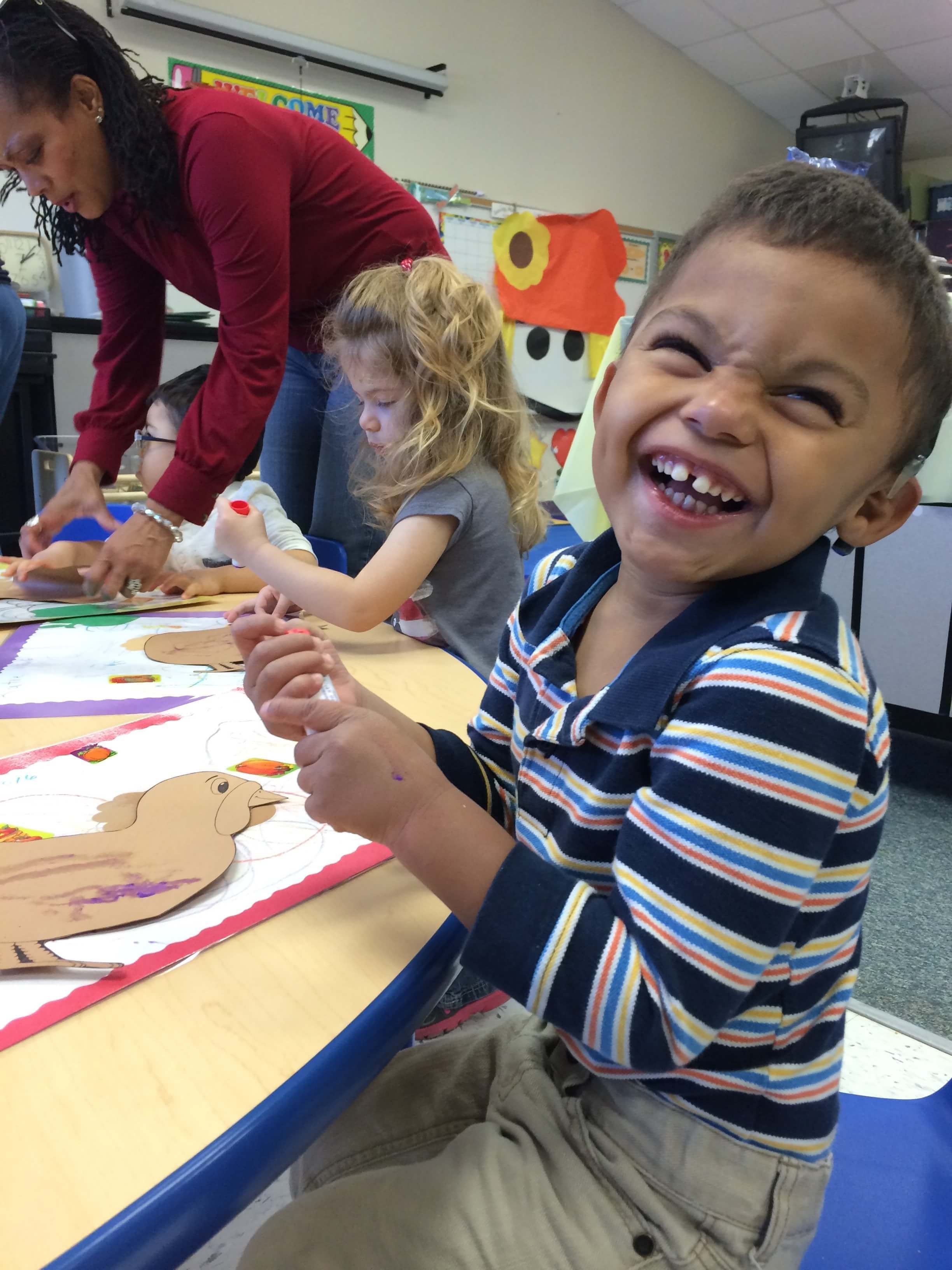 By E. Parker Herring
By E. Parker Herring At one point, physicians told Marcy and Phillip that Hudson would, most likely, never walk, talk or even hear speech. Nevertheless, today Hudson is walking. He can hear and understand what is said to him. Albeit slow, he is developing verbal skills. Hudson is a loving, sweet child. The journey has been difficult at times. Marcy says what is most special about Hudson is his personality.
At one point, physicians told Marcy and Phillip that Hudson would, most likely, never walk, talk or even hear speech. Nevertheless, today Hudson is walking. He can hear and understand what is said to him. Albeit slow, he is developing verbal skills. Hudson is a loving, sweet child. The journey has been difficult at times. Marcy says what is most special about Hudson is his personality. Parker Herring is a Board-Certified Family Law Attorney and Director of the NC-based adoption agency, A Childs Hope. In this blog, she shares a powerful story about how a special child can be the greatest blessing.
Parker Herring is a Board-Certified Family Law Attorney and Director of the NC-based adoption agency, A Childs Hope. In this blog, she shares a powerful story about how a special child can be the greatest blessing. 
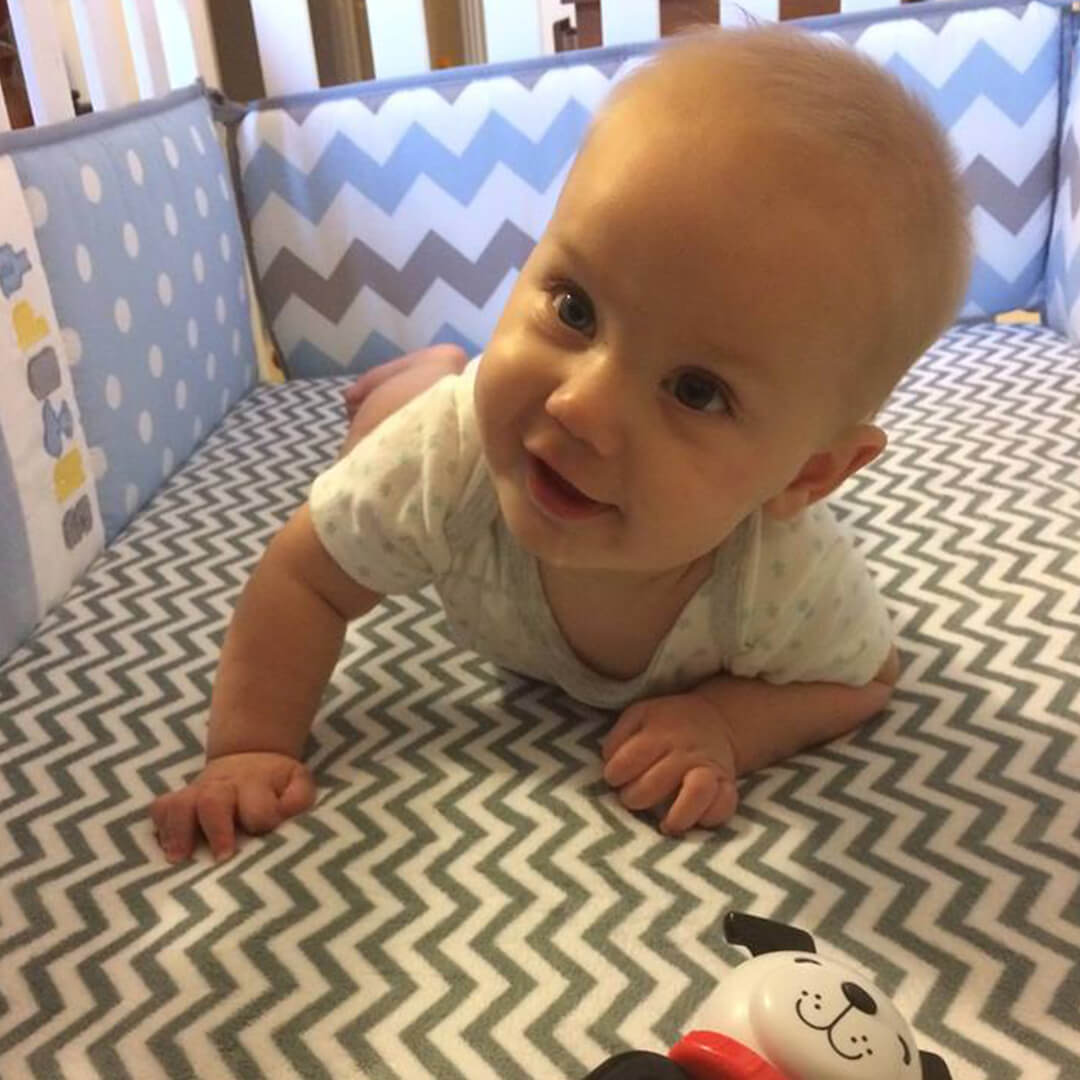
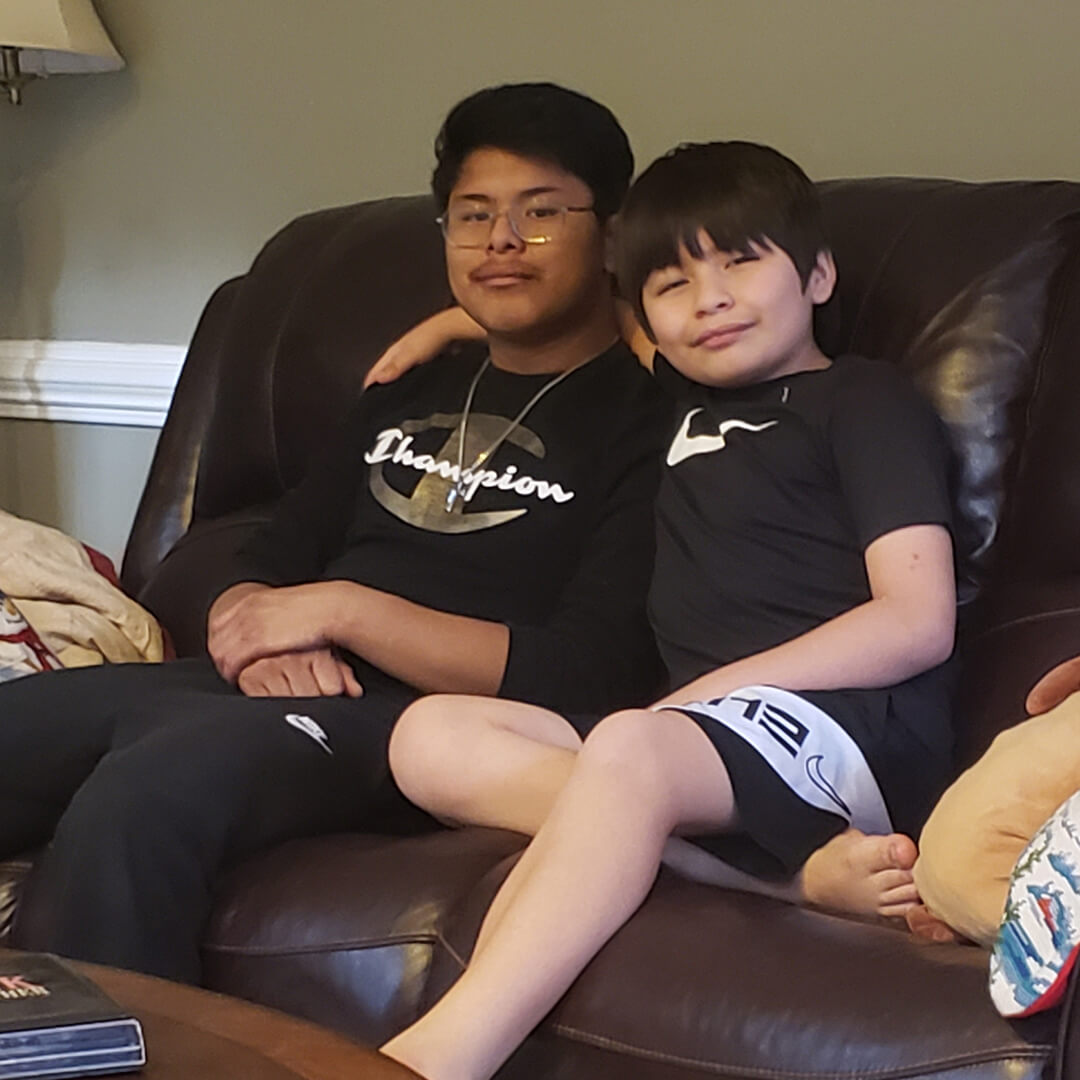
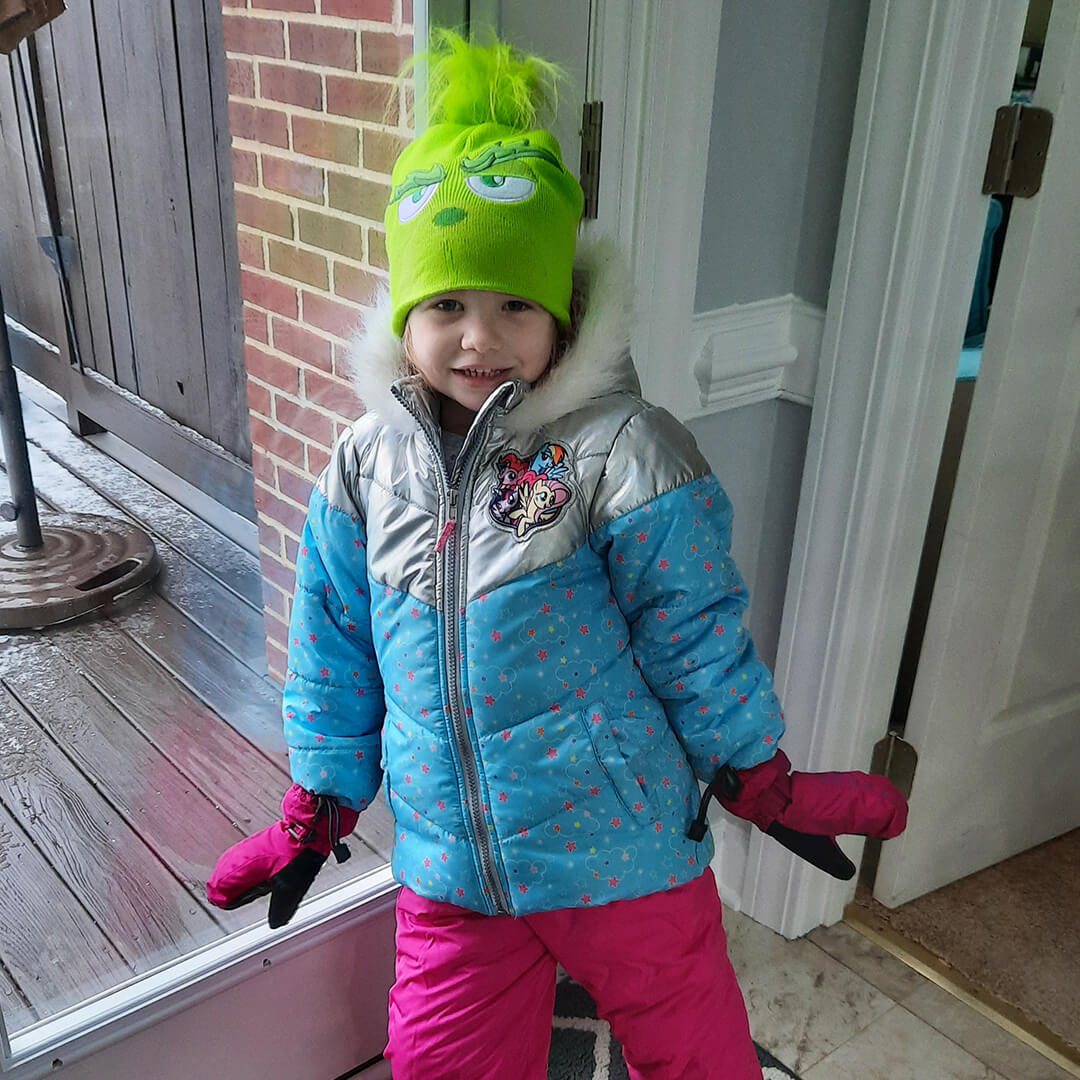
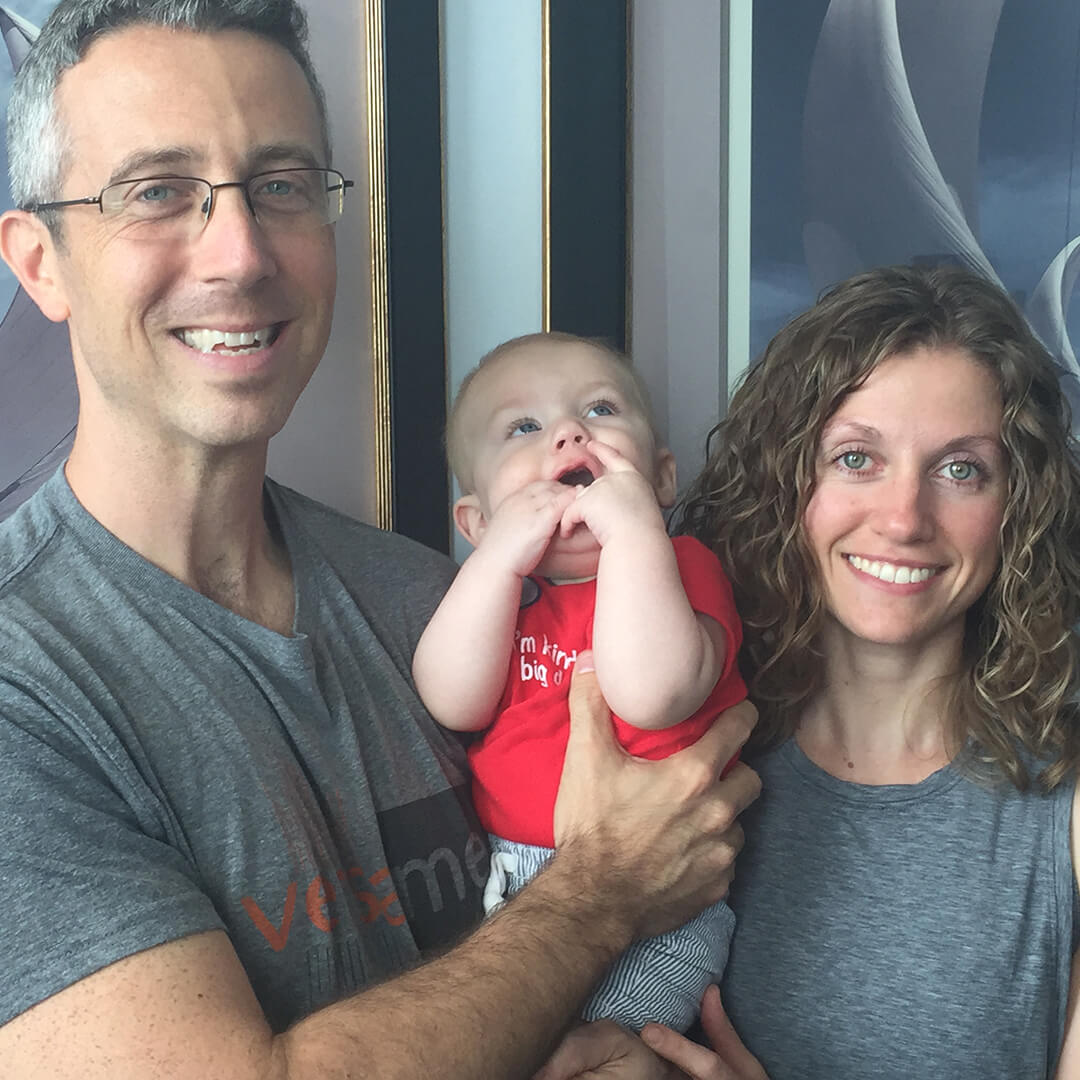

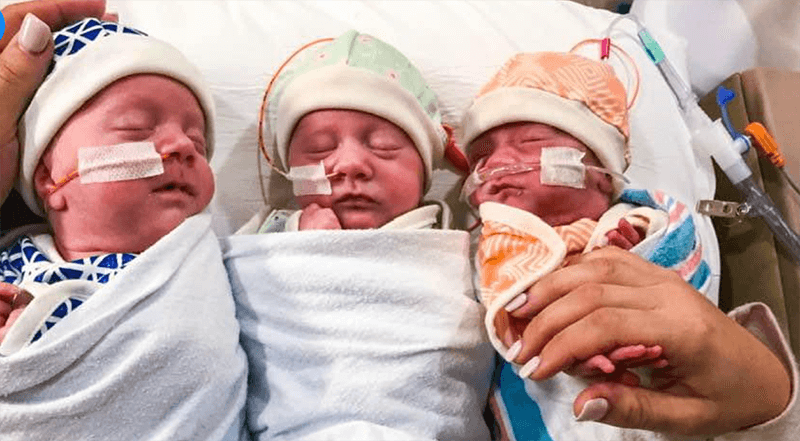
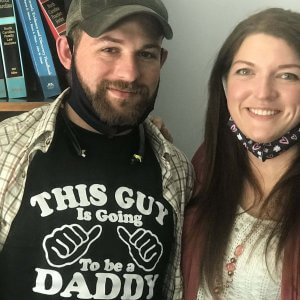 The young married couple has served as foster parents in Montgomery County, N.C. They watched many foster children come in and out of their home from all over the state. While they loved being fostering, they desperately wanted to be parents permanently.
The young married couple has served as foster parents in Montgomery County, N.C. They watched many foster children come in and out of their home from all over the state. While they loved being fostering, they desperately wanted to be parents permanently.